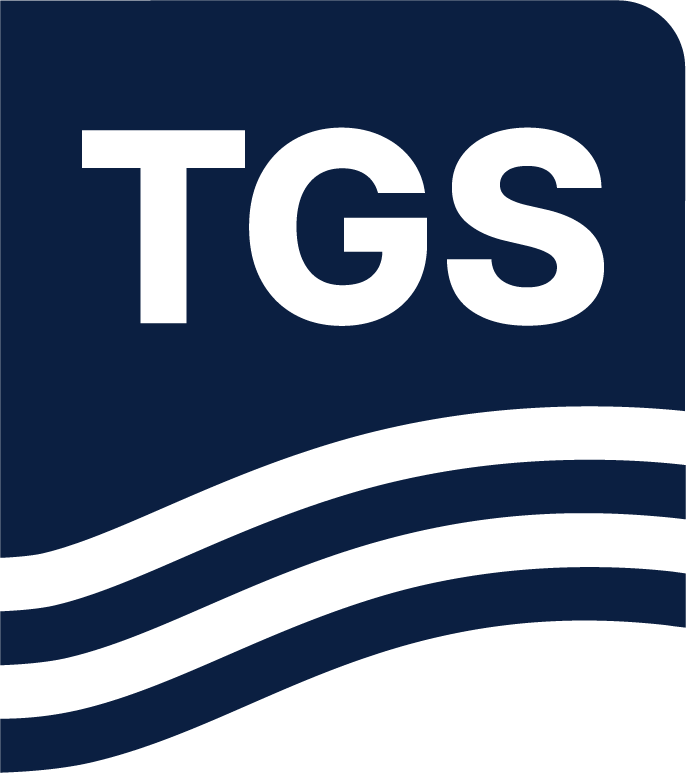Overview
As Tier 1 acreage in the Bone Spring and Wolfcamp formations becomes increasingly constrained, operators are turning to emerging zones for the next wave of development. TGS data reveals that while traditional landing zones continue to deliver strong oil production, they are producing higher water volumes and rising water-oil ratios as inventories mature.
Using integrated subsurface intelligence from Well Data Analytics, TGS highlights the growing potential of the Barnett and Woodford formations as viable alternatives. Although historically less productive in oil output, these zones generate significantly less water and demonstrate improving economics, particularly across the Midland Basin, where existing infrastructure supports efficient development. With solid net pay and expanding exploration interest, the Barnett, and to a lesser extent the Woodford, are poised to become the next frontier for operators seeking sustainable, cost-effective opportunities in the Permian.



